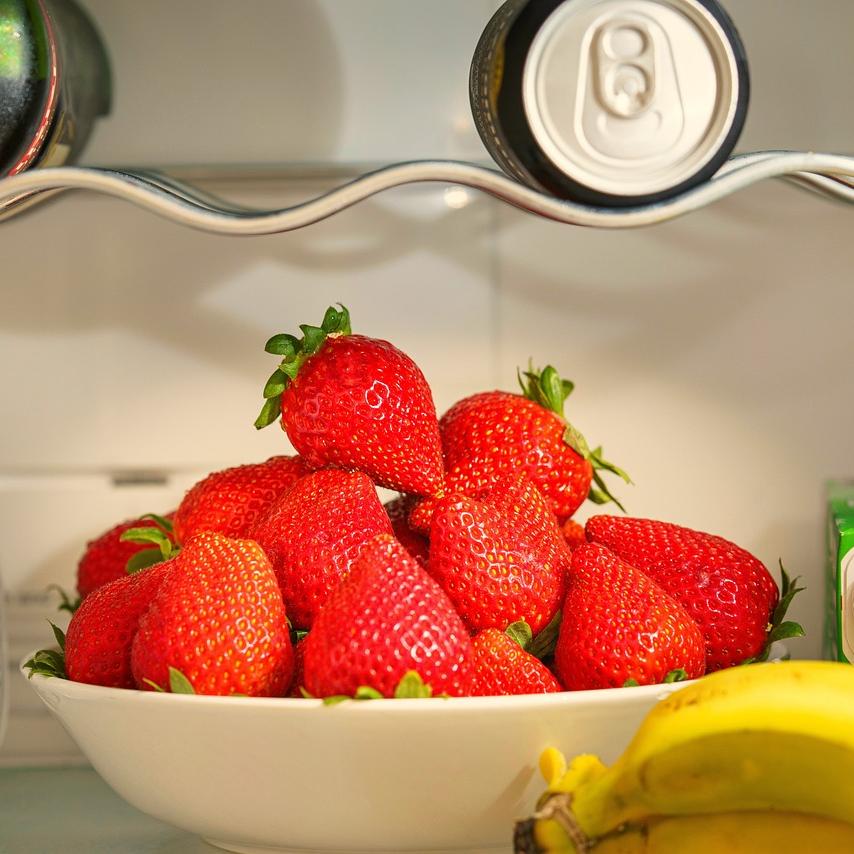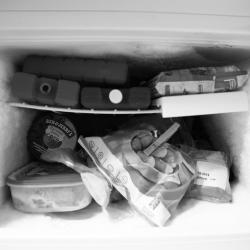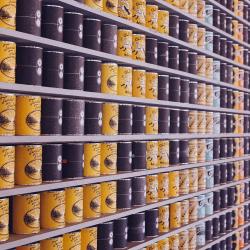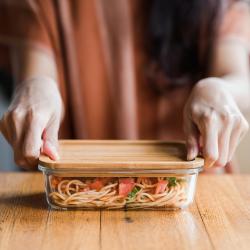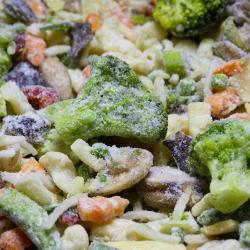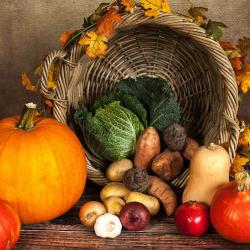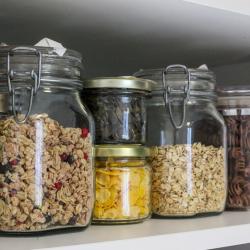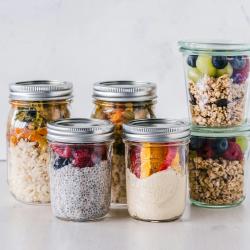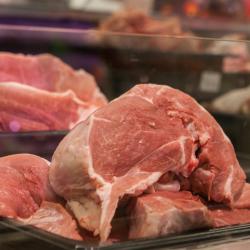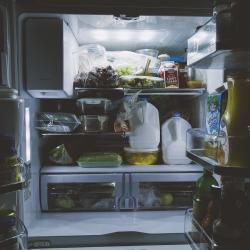What You Need to Know About Freezing Food for Long-Term Storage
With the rising costs of groceries and the constant battle against food waste, freezing food for long-term storage offers a practical solution. Not only does proper freezing allow you to enjoy seasonal produce year-round, but it also ensures you have a well-stocked pantry ready for any occasion. Whether you’re a seasoned freezer enthusiast or a novice looking to make the most of your groceries, here are some essential tips and information to guide you through the intricacies of freezing food for long-term storage.
Understanding the Freezing Process
Freezing food slows down the movement of molecules and causes microbes to enter a dormant state, preserving the food's nutritional value, flavor, and texture. The key temperature for storage is 0 degrees Fahrenheit (-18 degrees Celsius) or lower. This halts the growth of bacteria, yeast, and molds that cause spoilage and foodborne illnesses.
Choosing the Right Foods to Freeze
While many foods can be successfully frozen, not all items fare well. Here’s a quick guide to what freezes well and what doesn't:
Foods That Freeze Well
-
Fruits and Vegetables: Berries, peas, corn, and leafy greens like spinach freeze particularly well. Blanching vegetables before freezing helps to retain color, flavor, and nutrients.
-
Meats and Seafood: Most raw meats and seafoods freeze effectively. Ensure they are wrapped tightly to prevent freezer burn.
-
Baked Goods: Bread, muffins, and cookies maintain quality when frozen.
-
Dairy Products: Butter and grated cheese can be frozen, though cheese might become crumbly upon thawing.
-
Cooked Meals: Soups, stews, casseroles, and sauces generally freeze well.
Foods Best Avoided
-
High-Water Content Vegetables: Celery, lettuce, and cucumber tend to become mushy.
-
Dairy: Milk and cream can separate and become grainy.
-
Fried Foods: These can become soggy and lose their crisp texture once thawed.
Proper Freezing Techniques
Employing the right techniques ensures that food remains in peak condition:
-
Packaging: Use airtight containers or sturdy freezer bags to prevent freezer burn. For extra protection, consider wrapping foods in aluminum foil before placing them in bags.
-
Portioning: Freeze food in portion-sized packages to simplify thawing portions you need without defrosting an entire batch.
-
Labeling: Clearly label each package with the contents and date of freezing. This helps you keep track of what needs to be used first, preventing waste.
-
Removing Air: Remove as much air as possible from packaging to help maintain the food’s quality. Vacuum sealers can be particularly effective.
Tips for Thawing and Reheating
Thawing food properly maintains its taste and texture. Avoid leaving food to thaw on the countertop as temperature fluctuations can promote bacterial growth. Instead, opt for:
-
Refrigerator Thawing: The safest method, it requires advanced planning but maintains food quality.
-
Cold Water Thawing: Suitable for faster thawing, ensure the food is well-sealed and change the water every 30 minutes.
-
Microwave Thawing: Convenient for last-minute meals but be sure to cook food immediately after thawing to ensure safety.
Maximizing Storage Life
While freezing food can greatly extend its shelf life, it isn’t indefinite. Here's a quick reference guide for how long you can keep certain foods frozen:
- Fruits and Vegetables: 8-12 months
- Poultry: 6-9 months
- Fish: 3-6 months
- Beef and Pork: 4-12 months
- Cooked Meals: 2-3 months
Conclusion
Freezing food is an invaluable skill, preserving taste, nutrition, and convenience. With the right techniques, your freezer can transform into a treasure trove of ready-to-eat meals and ingredients. As you venture into the world of long-term food storage, remember that attention to detail in preparation and packaging can make a notable difference, ensuring your foods stay as fresh and flavorful as the day they were frozen.
